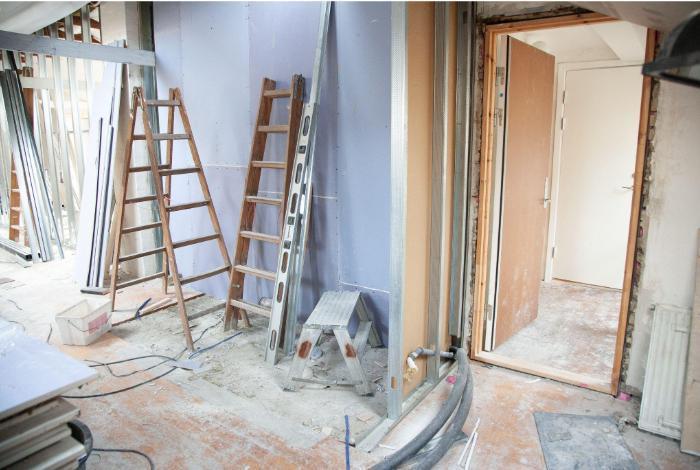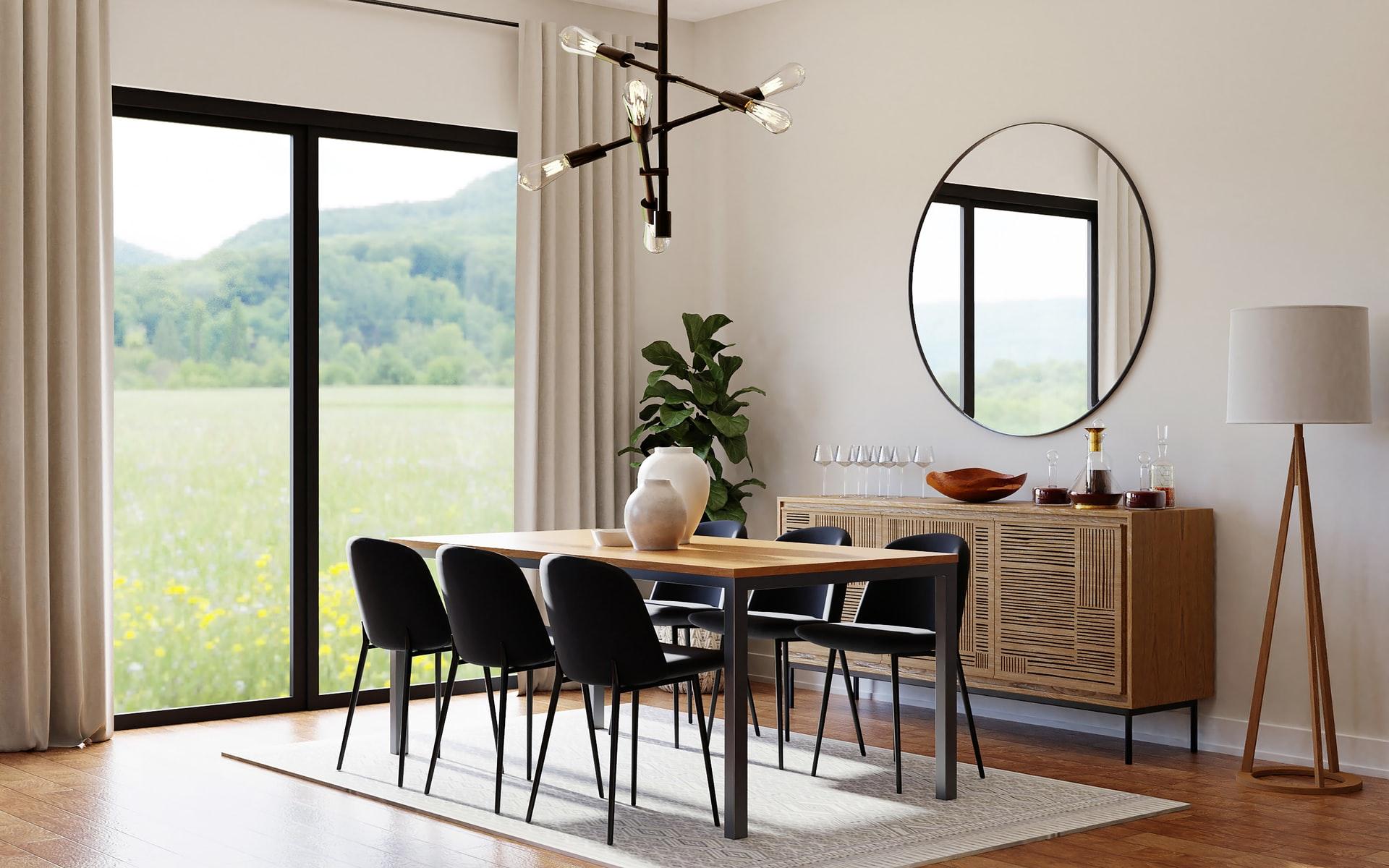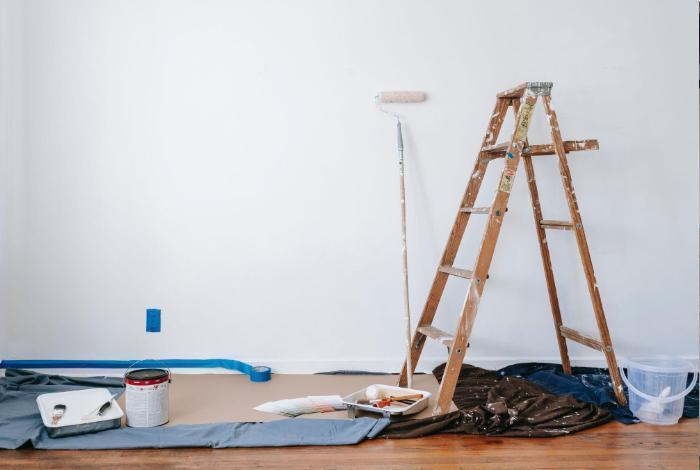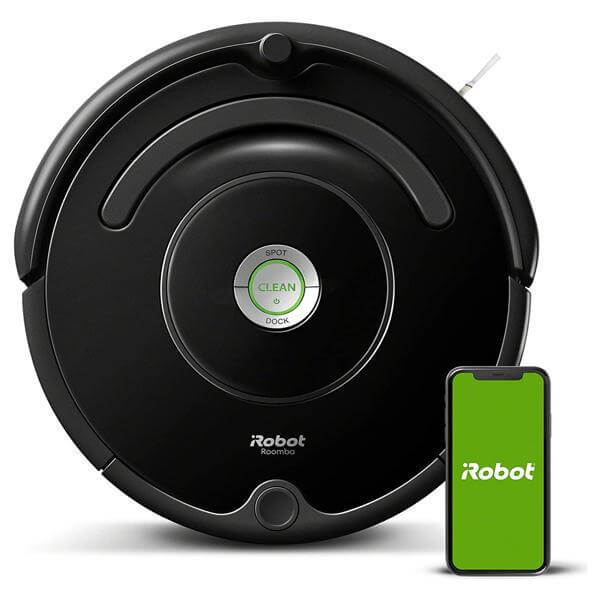When the environment is damaged, we all face the consequences. Everyone is responsible for doing what they can to protect the environment. Many people have begun to plan for green home improvements to take a more environmentally friendly or approach when remodeling their homes for this exact reason.
There are dozens of ways to make your home greener ranging from larger, more expensive projects to small, low-technology methods. In this article, we’ll cover some of the steps you can take to help reduce the carbon footprint associated with your home and lifestyle.
Benefits of a New Eco-Friendly Home
Green Home Improvements make for a sustainable remodel and this approach is quickly becoming one of the most popular trends in residential construction because of the many benefits it brings. The first benefit of remodeling your home with an environmentally friendly approach is obvious. It is better for the environment.
You can show your commitment to protecting the environment and begin to make a difference at your own pace and capacity. You don’t need to commit to expensive investments such as solar panels to have a real impact.
Simply changing your lighting or using reclaimed materials can go a long way in reducing your contributions to pollution.
Secondly, reshaping your home to be kinder to the environment can actually save you money over time. While it is true that many eco-friendly changes can cost more money upfront, they also tend to run more efficiently.
This means that many of the eco-friendly changes you make can end up paying for themselves with how much money they save you on utilities. This is especially true with smaller changes such as transitioning to LED lights. What’s great about saving money with changes that are environmentally friendly is that your first change can help you gather the money needed to invest in the second change you decide to make.
For instance, the money you save by switching to LED lights can be used to reseal windows and doors which will save you even more money on utilities over time.
Process of Green Home Improvements
The first step that is generally recommended to people who want to make their home more environmentally friendly is to complete an energy audit. An energy audit, or energy assessment, is an evaluation of your home’s current situation and how it can be made to be greener. This will give you a good idea of your house’s environmental strengths and weaknesses.
You can use this data to decide where your efforts can be most effectively focused. After all, the first step in any successful project is a plan that has been well thought out.
After you have identified the ways your home could be improved, you can begin deciding on a budget for your project. Creating a reasonable budget will help you determine which methods of making your home more environmentally friendly are practical. Remember, an actual difference can be made on any budget. You do not have to install expensive solar panels to do your part in protecting the environment.
After the budget has been created, the fun can begin! Now is the time to begin deciding on what improvements you wish to make to your home and how they will be implemented.
Speak with a contractor and ask what their advice is on the changes you want to make. They may even have ideas on how it can be done cheaper than you expected.

Photo by Rene Asmussen from Pexels
Eco-Friendly Tips to Improve your Home
Reuse Materials
Many materials used in home renovations can be used again. This includes raw materials such as wood and sometimes even whole features such as doors and lighting fixtures. Furthermore, many reused or reclaimed materials can cost less than that same material would at home goods stores.
You could even ask your contractor if he has leftover materials from previous projects that could be used in your home. This will not only lower the cost associated with these materials but also reduce the amount of physical waste that takes years to deteriorate in a landfill.
These materials should also be locally sourced if possible. Buying an eco-friendly product to add to your home is great, but there are still environmental concerns associated with them. For instance, if an appliance must be shipped across the nation before it can be installed in your house, then you have to consider the pollution caused by manufacturing and shipping that product as well.
In many cases, it can actually be kinder to the environment to reuse locally sourced materials than it is to purchase a new “eco-friendly” product.
Eco-Friendly Appliances
The appliances used in our houses are some of the largest contributors to energy waste at home. Fortunately, there are more efficient alternatives to many of the appliances we use daily.
There are dryers that use less electricity, toilets that use less water, and thermostats that can help our air conditioners run more efficiently. What’s more, not all of these appliances are expensive.
For example, a low-flow showerhead can reduce the amount of water used when showering without compromising the water pressure. These showerheads can cost anywhere from $30 to $100, but they will start to save you money immediately.
In fact, a reasonably priced low-flow showerhead can pay for itself through savings in a couple of months. Another underrated way of saving money and energy at home is with smart devices like a smart thermostat.
These are a little bit more expensive than showerheads, but they have a much larger impact on the efficiency of your home. You can even assign many of them a schedule that will keep your home comfortable when it needs to be and conserve energy when it can.
For instance, the thermostat can be set to turn the air conditioning completely off half an hour after you leave your house for work and turn itself back on an hour before you get home.
Replace Wasteful Lights
Switching to more sustainable sources of lighting is another method of making your home more environmentally friendly. Natural light will have the smallest impact on the environment if you have the money to install windows or skylights. But if that is too expensive to commit to, then you should consider switching to LED lights.
LED lights are more expensive than traditional light bulbs, but they end up saving enough money on utilities to pay for themselves within a few months. This is because most of the energy used to power incandescent light bulbs is actually lost through heat.
Switching to LED lightbulbs is one of the most effective ways of making your home greener in terms of cost of installation versus benefit gathered from installation.







0 Comments